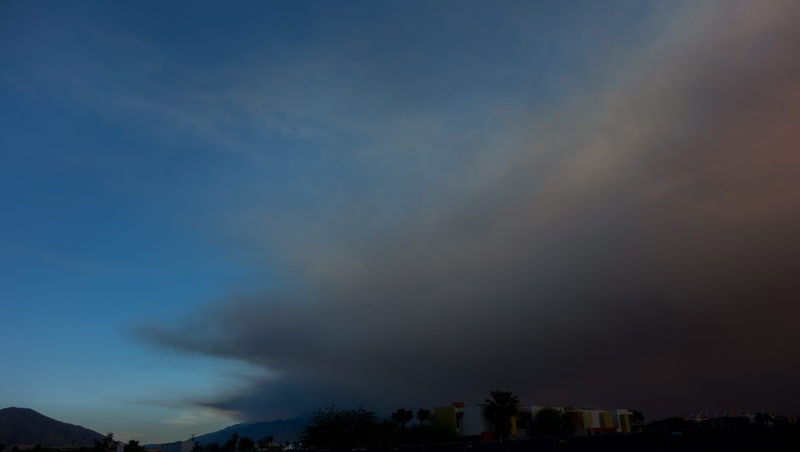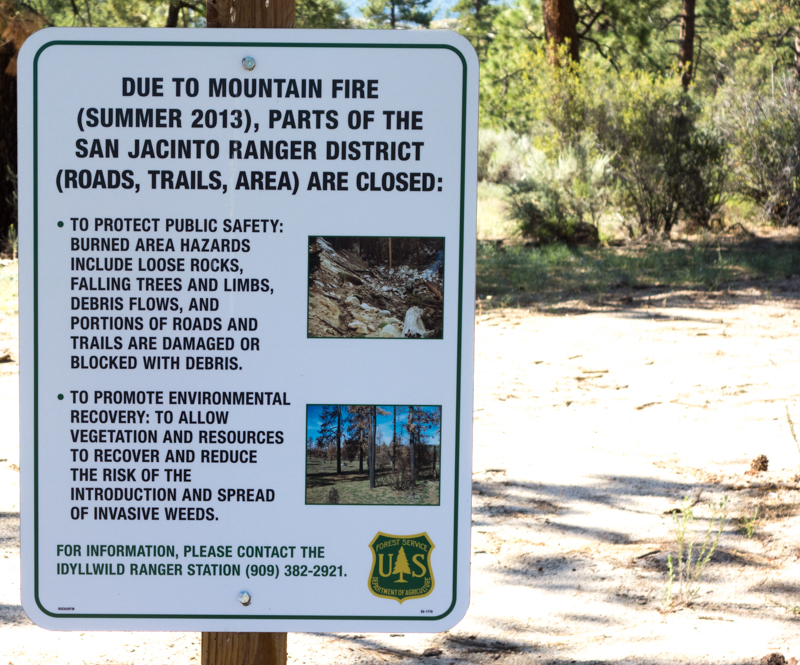CAMPFIRES
I am not big on campfires. I build a campfire on less than 5% of our camping trips. I haven’t built a fire on a backpacking trip since 1971.
But there is something special between our species and campfires…
Let’s face it; campfires are a human tradition that is hundreds of thousands of years old. Maybe it is part of our DNA. I have noticed, especially in campgrounds, that campfires are perhaps the most important component of a trip for many people. For groups of people a fire is the centerpiece of socializing. For an individual or maybe a couple, a fire can be a mesmerizing focal point for contemplation while watching red hot embers glowing and flames dancing about.
But fires are inefficient for keeping warm, as one side of you becomes too hot while the opposite side is cold; wind swirls smoke and somehow is always blowing into your face; it takes much more work to cook over a fire versus a stove; and there is the problem of cooking utensils covered in hard to remove soot. A campfire divides you and the night and one’s surroundings – however a walk a short distance from the fire can reconnect you with wilderness. With all of these inconveniences of fire, one cannot overlook the fact that a simple campfire is really man controlling fire.
One could argue that campfires are not good for the environment — there are too many people in the backcountry and not enough natural fuel. But let’s face it; in most wild areas our fire suppression activities of the past 100 plus years has left our forests with a dangerous surplus of ground fuel, which is bad for the forest should a wildfire occur — areas above tree line excluded. Too much ground fuel creates an intensely hot fire that destroys trees that would normally survive fire. Our fire management policies have created an environment where fires no longer keep forests healthy, but destroys forests.
All in all, whether or not campfires are a good thing, is a debate that neither side can win. I suppose my reluctance to build a fire on most trips is really a matter of being a tinge on the lazy side; for me a lot of work for little return on time investment. Of course, if you camp as often as Joyce and I do, you might understand this.
So in general, I think campfires are good thing under the right circumstances. However, in times of extreme drought, campfires are generally too risky in our forests.
DROUGHT
If you live in U.S., unless you are an ostrich, you know the southwest is in the midst of a multi-year drought.
And, unless you are completely disconnected from the world at large, you know California has had dozens upon dozens of serious wildfires during this period.
I’m not going to debate whether the drought is cyclical weather, global warming, or climate change; the reality is we are in the middle of a 4-year drought.
In times of severe drought public land managers, as they should, often restrict the use of camps stoves and other appliances in our campgrounds and backcountry. Oft times they ban campfires, even in developed campgrounds with fire rings. Here in Southern California, many areas have instituted complete fire bans, including fire rings in campgrounds.
CAMPING
Over the past 4 months my camping and backpacking trips have been sparse, at least compared to what I normally do.
So it was time to get out. When it is time, you just know it. You can feel it. Part of the “it was time” was a need to think things out and refocus attention on the important things in life, which for me is spending as much time outdoors as possible.

In the summer we can usually drive about an hour from our house up into the mountains and camp in some “secret places,” places that few know about, places that are approved for dispersed camping, places that are surprisingly remote and unknown to the general population.
Regrettably, our favorite quick camping spot has been closed since 2013 due to the Mountain Fire. So out of character, we decided to camp in a developed campground. Egads!
Here’s a secret for you. When there is a drought and a ban on campfires, campgrounds are not that crowded in the normal insanity that is summer camping. Yep, if people can’t have a campfire, they stay home.
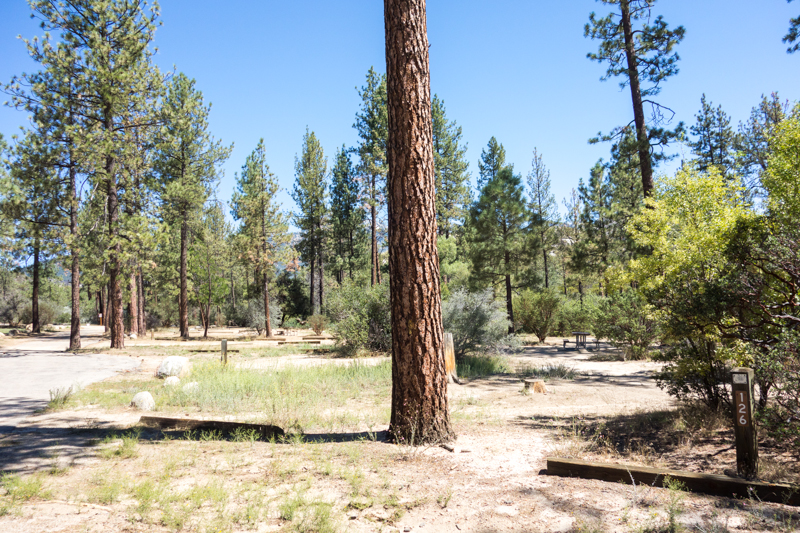
There are few things in life like fresh mountain air to clear any cobwebs that may have grown in your brain, so we did some walking.
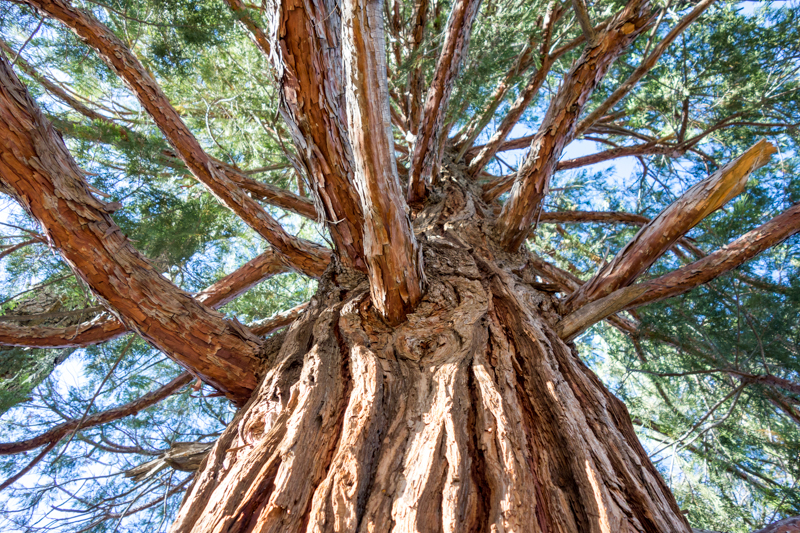
One of my favorite trees is the incense cedar. This large tree is sparsely spread throughout the mountains of Southern California and usually only individual trees are found in groves of fir and pine trees. There is a rare stand of incense cedars in the burn area of the 2013 Mountain Fire that suffered badly from the fire. But the area is closed to the public, and should I have pictures of this damage, I could be fined.
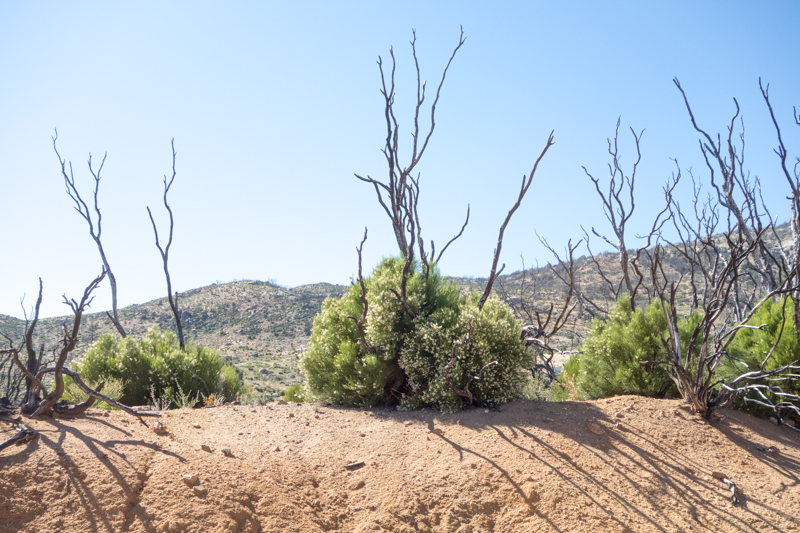
Areas of the burn area are starting to recover.
So it was a great weekend, and we now have a plan in place to get back into the proper and appropriate management of our recreation time.

